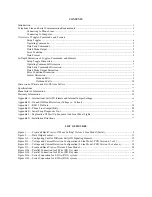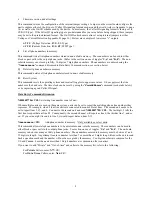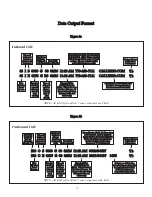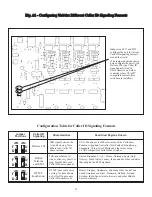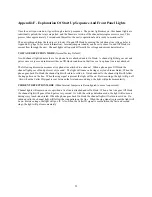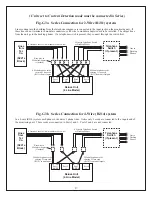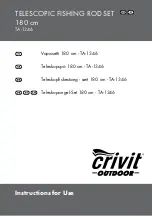
12
DISCUSSION OF PRIVATE AND OUT-OF-AREA CALLERS
Two unique messages can be delivered as designated by Caller ID specifications. An "Out-of-Area" message
occurs if the information on a caller is unavailable. This is true for most cellular calls and is sometimes the case
when the call originates outside the telephone company's Local Access Transmission Area (LATA). This loosely
translates to long distance calls.
A "Private" message is sent for callers who have blocked their Caller ID number from being transmitted to the
called party. Blocking can occur either on a per call or on a per line basis. For per call Caller ID blocking, a code
(*67) can be dialed before each call is made. In some areas, customers can request that all calls from their line be
permanently blocked. In either case, the recipient of calls from these numbers will receive a "Private" or
"Anonymous" indication from their Caller ID device.
Private and Out-of-Area messages can occur in either the number or name fields if number and name service is
being delivered. For example, some telephone companies allow customers to have private numbers, but names are
sent. In another case, the number might be sent, but the name of the customer is Out-of-Area. This would most
likely happen if the customer had just received new service and the telephone company's database had not been
recently updated. It is best that your application software handles any combination of number, name, private, and
out-of-area messages in both the number and name fields.
SPECIFICATIONS
Supply Voltage:
9 VDC, center negative
Supply Current:
Less than 250 mA
Loop Current Draw:
Less than 1 mA
Loop Voltage:
30 to 105 VDC
Ringing Voltage:
60 to 130 VAC
Insertion Loss:
Less than 0.3 dB
Voltage Drop:
2.7 VDC at 20 mA loop current
Dimensions:
8.0” W x 2.0” H x 6.25” D
Ringer Equivalence:
(REN) 0.1 B



